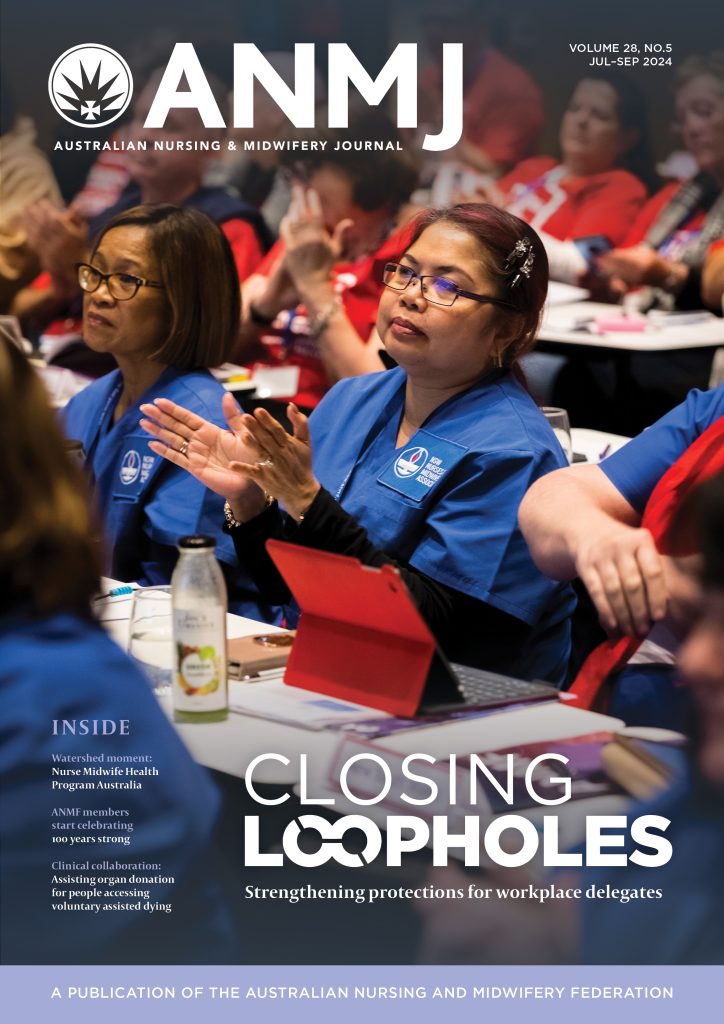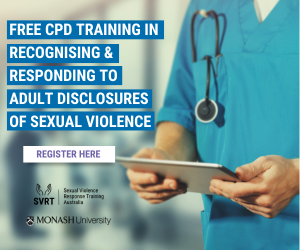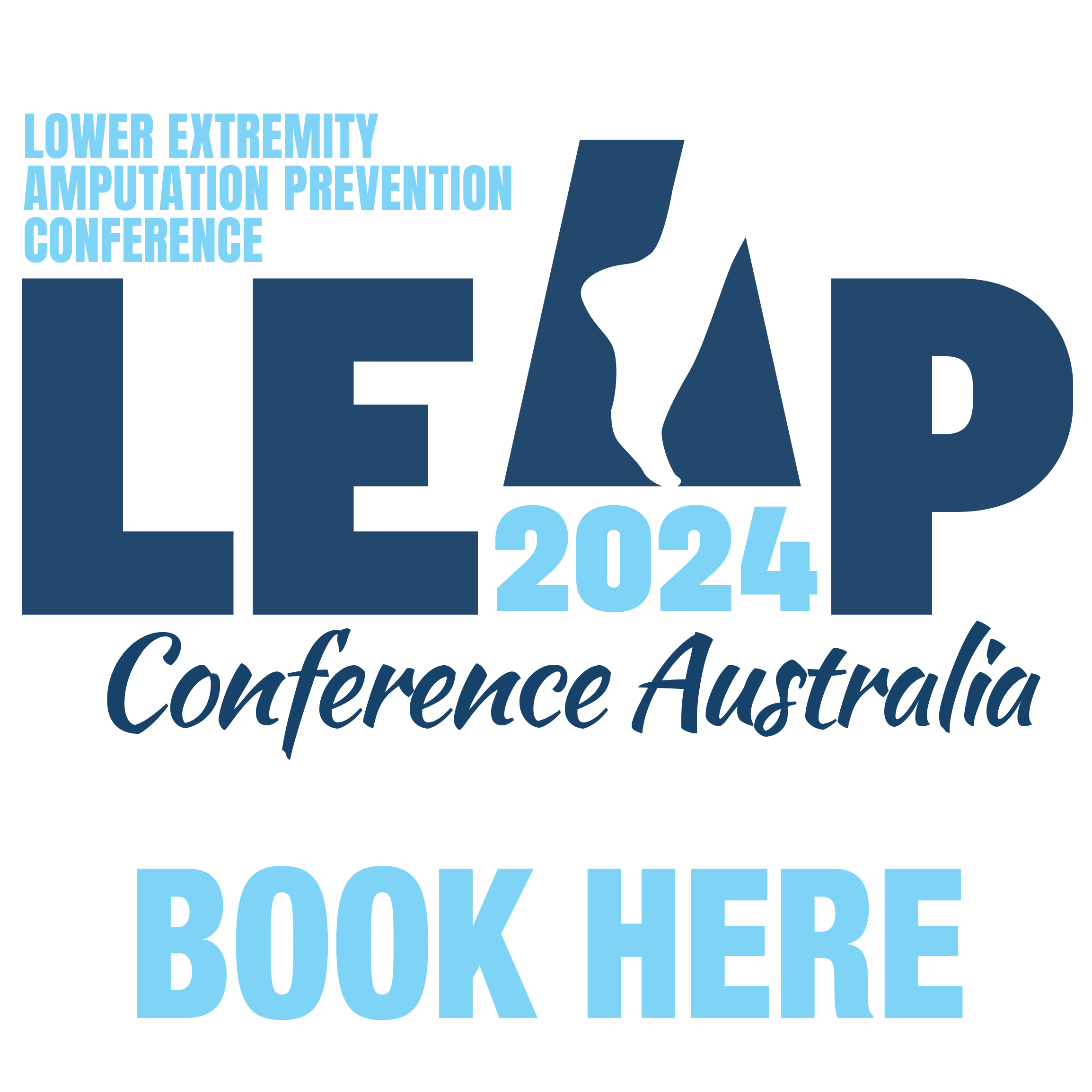Nursing Philosophy Statement: Nurses are responsible and accountable to provide person-centred and culturally safe care. As frontline healthcare providers, advocators and educators, nurses support patients, families and communities, promoting physical, emotional, social and cultural wellbeing.
Australian First Nations People account for 3.4% of the total Australian population, residing across all Australian states and territories.1 As a significant part of this land, Australian First Nations People have diverse cultures and a rich long history dating back to 50,000 years ago.
However, colonisation and colonial policies have devastatingly changed their lifestyles, resulting in a distinctive gap in health outcomes between First Nations People and other Australians. For instance, First Nations People experience 2.3 times the burden of disease than other Australians, higher rates of psychological distress and poorer access to health services.2
It is essential and also challenging for international nursing students to prepare themselves to provide culturally safe care for First Nations People. There are a few reasons for this.
Firstly, with 62% of the population living in regional and remote areas,3 First Nations People are not familiar with international nursing students.
Secondly, the ongoing racism and discrimination are barriers for international students to actively learn Aboriginal culture. Finally, mainstream education doesn’t provides minimal education on culturally safe care to First Nations People, resulting in low access to the resources.
Through the study of “Indigenous Health and Cultural Safety”, international nursing students have access to the journey of cultural safety. Australia applies the concept of cultural safety as “the effective care of a person or family by health professionals who have undertaken a process of reflection on their own cultural identity and recognise the impact of their own culture on their practice”.
Ramsden further developed the nursing framework of cultural safety which moves from cultural awareness through cultural sensitivity, before achieving culturally safe.4
Cultural awareness is the first step on the journey of cultural safety. It requires international nursing students to acknowledge the cultural differences and reflect on their own culture, and its impacts on nursing practice. First Nations People are separated into different groups and communities, and each group has its own culture, language and traditions.
Compared with the mainstream paradigm, First Nations People’s holistic concept of health encompasses physical, psychological, emotional, cultural, and spiritual health, along with close connections to families, communities and lands. International students come from different cultural backgrounds, their own beliefs, values and attitudes may influence nursing practice and have a great impact on care recipients.
For instance, when practising health assessment, it’s significant to have an overall understanding of health and wellbeing of First Nations People and to involve their families in decision making.
Cultural sensitivity is the second phase in the journey toward cultural safety. It requires student nurses to realise the power inequalities between themselves and Aboriginal patients, as well as the underlying historical reasons. Colonisation caused First Nations People’s displacement from their lands and segregation from settlers.
Violent conflicts and colonial policies such as forcibly removing children from their parents led to intergenerational trauma which passed down to future generations. The combination of these factors resulted in First Nations People’s socioeconomic disadvantages, consequently causing disparities in health outcomes.
International nursing students play a critical role in decolonisation and breaking the vicious trauma cycle. By reflecting on their own history and experiences, international nursing students can be better aware of the ongoing racism, discrimination and marginalisation as a result of colonisation, minimising the power inequality through empowering First Nations People.
Cultural safety is the final phase and also an ongoing process of reflection. Within the principles of Registered Nurse Standards for Practice,5 international nursing students can prepare themselves as culturally safe nurses in the following ways.
Firstly, provide person-centred and evidence-based care. International nursing students should be respectful of and responsive to the preferences, needs and values of individual Aboriginal patients, work collaboratively with patients, families and communities, sharing decisions and care plans.
Secondly, communicate effectively and engage in professional relationships with Aboriginal patients and families. While international nursing students can experience language barriers and their negative impacts on daily life, it’s important to use proper language when communicating with Aboriginal patients and families. Finally, maintain partnerships with Indigenous Health Workers (IHWs).
It is the most effective way to improve First Nations People’s health and wellbeing by putting their health first and creating a psychologically and emotionally safe and supportive environment.
Cultural safety is a key principle to improving the health outcomes of First Nations People.
The journey to culturally safe care requires international nursing students to enhance their knowledge of First Nations People’s culture, the colonial history and its profound impacts on Aboriginal people’s health, reflect on their own culture, values and experiences, and create a culturally safe environment.
References
-
Australian Institute of Health and Welfare. (2020, July 23). Profile of Indigenous Australians. https://www.aihw.gov.au/reports/australias-health/profile-of-indigenous-australians
-
Australian Government Department of Health. (2020, December 10). Status and determinants of Aboriginal and Torres Strait Islander health. https://www.health.gov.au/health-topics/aboriginal-and-torres-strait-islander-health/status-and-determinants#cultural-determinants-of-health
-
Australian Institute of Health and Welfare. (2020, July 23). Profile of Indigenous Australians. https://www.aihw.gov.au/reports/australias-health/profile-of-indigenous-australians
-
Best, O., & Fredericks, B. (2021). Yatdjuligin: Aboriginal and Torres Strait Islander nursing and midwifery care (3rd ed.). Cambridge University Press.
-
Nursing and Midwifery Board of Australia. (2016). Registered Nurse Standards for Practice. https://www.nursingmidwiferyboard.gov.au/Codes-Guidelines-Statements/Professional-standards/registered-nurse-standards-for-practice.aspx
Author:
Xiaoping Yan is a first-year international nursing student at Flinders University, South Australia.









